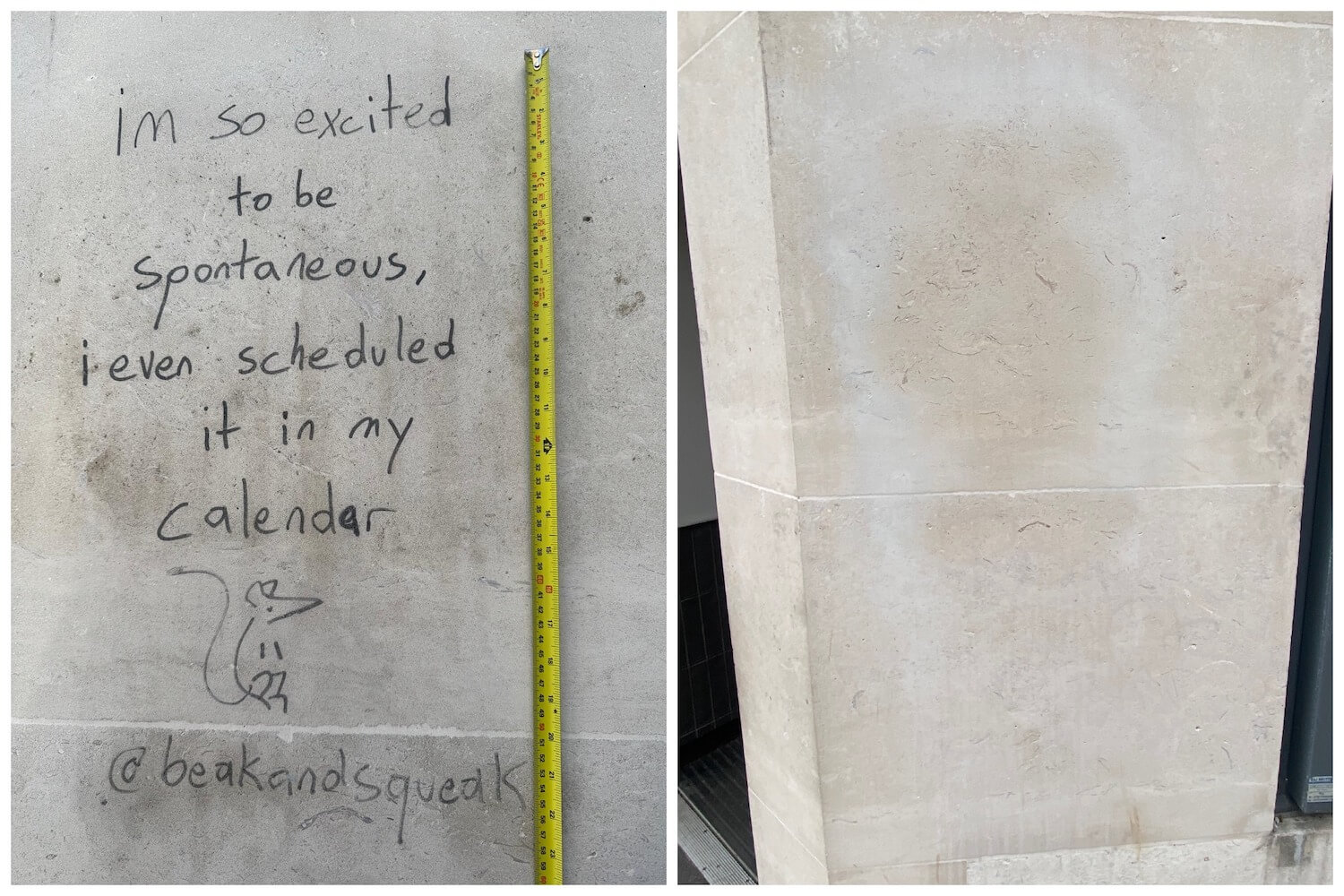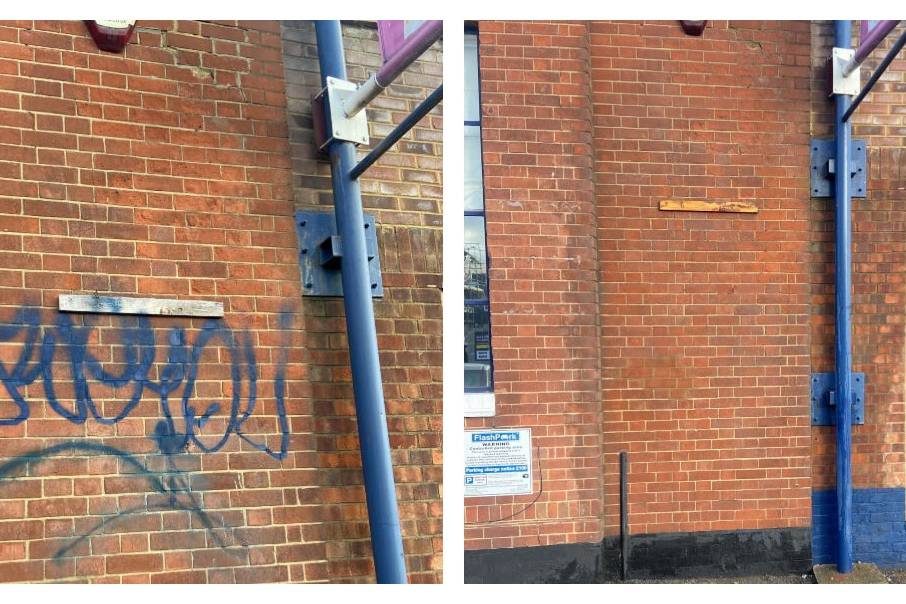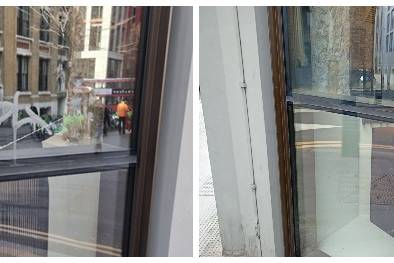Successful removal of acid‑etched graffiti depends as much on having the right equipment and materials as on technical know‑how. From personal protective gear that shields technicians against corrosive chemicals to precision tools that gently abrade etched surfaces, each item in your arsenal plays a critical role. In this comprehensive guide, we’ll examine every essential piece of equipment, chemical reagent, abrasive media and ancillary material needed to assess, neutralize and restore stone, concrete, brick, metal, glass and ceramic substrates. We’ll also highlight recommended specifications, sourcing tips, and maintenance best practices to keep your toolkit ready for rapid‑response assignments.
Table of Contents
- Personal Protective Equipment
- Chemical‑Resistant Gloves
- Protective Clothing
- Eye and Face Protection
- Respiratory Protection
- Alkaline Neutralizers
- Chelating & Complexing Agents
- Micro‑Sandblasting Units
- Diamond Grinding & Polishing Equipment
- Laser Ablation Systems
- pH & Moisture Meters
- Spectrophotometers and Colorimeters
- Feeler Gauges & Depth Micrometers
- Surface Protection & Containment
- Waste Collection & Disposal
- Breathable Silane & Siloxane Sealers
- Sacrificial Coatings
- Permanent Repellent Coatings
- Chemical Reagents & Neutralizing Agents
- Mechanical Abrasion Tools
- Diagnostic & Measurement Instruments
- Containment & Waste Management Materials
- Protective Coatings & Sealers
- Ancillary Tools & Consumables
- Equipment Maintenance & Storage
Personal Protective Equipment
Chemical‑Resistant Gloves
Corrosive acids can penetrate ordinary gloves in seconds. Always choose gloves rated for strong acids and solvents:
- Nitrile gloves (0.38 mm thickness or higher): provide broad chemical resistance and puncture protection.
- Neoprene or butyl rubber gauntlets: required for hydrofluoric acid (HF) work and prolonged exposure.
- Double‑glove system: nitrile under neoprene for extra safety when handling concentrated acids.
Protective Clothing
- Acid‑resistant coveralls: seamless or taped‑seam suits constructed from PVC or Tychem fabrics to prevent permeation.
- Chemical‑resistant aprons: neoprene or PVC laminated aprons for splash protection when pouring or mixing reagents.
- Boot covers or chemical‑resistant boots: neoprene or PVC over‑boots that slip over safety footwear to shield against spills.
Eye and Face Protection
- Full‑face shield: polycarbonate shields with adjustable headgear, rated for chemical splash.
- Safety goggles: worn beneath the face shield to seal the orbital bone, preventing acid mist ingress.
Respiratory Protection
- Half‑mask respirator with A2 cartridges: protects against organic vapours and acid gases (HCl, SO₂).
- Full‑face respirator or supplied‑air system: required for hydrofluoric acid or confined‑space work where maximum protection is needed.
Chemical Reagents & Neutralizing Agents
Alkaline Neutralizers
Neutralizing residual acids is the first step. Select reagents that balance effectiveness, ease‑of‑use and substrate compatibility:
- Sodium bicarbonate (baking soda): inexpensive, non‑toxic; mix to a paste for vertical surfaces.
- Sodium carbonate (washing soda): stronger base; useful for heavily contaminated concrete.
- Ammonium hydroxide (household ammonia): low‑viscosity solution for small‑area neutralization; rinse thoroughly to avoid ammonia residue.
- Proprietary alkaline gels: thixotropic formulations that cling to vertical stone and brick; many include pH‑indicator dyes to signal endpoint.
Chelating & Complexing Agents
On metal substrates, acid-formed salts accelerate corrosion. Chelators bind these ions for safe removal:
- EDTA (ethylenediaminetetraacetic acid): 2–5 % aqueous solution; effective on stainless steel and copper alloys.
- Citric acid: food‑grade chelator; mild, safe for adjacent masonry surfaces.
- Commercial metal‑safe cleaning gels: engineered for anodized aluminum and powder‑coated metals.
Mechanical Abrasion Tools
Micro‑Sandblasting Units
- Portable sandblaster: adjustable pressure regulator (0.5–2.5 bar) with quick‑disconnect nozzle.
- Abrasive media: silica‑free glass beads (0.1–0.3 mm), walnut shell, or sodium bicarbonate for softer substrates.
- Dust‑capture hood: attaches to nozzle to trap spent media; connects to HEPA‑filter vacuum.
Diamond Grinding & Polishing Equipment
- Handheld angle grinder: 100–150 mm disc size with diamond cup wheels (30–50 grit coarse, 100–200 grit medium).
- Floor or wall‑mounted grinder: for large horizontal or vertical surfaces; variable speed and water feed kit.
- Diamond polishing pads: resin‑bonded pads ranging from 400 to 3000 grit for final finishing.
Laser Ablation Systems
- Pulsed Nd:YAG laser: 1,064 nm wavelength; adjustable pulse energy (0.1–0.5 J) and repetition rate (10–50 Hz).
- Focused scanning head: delivers consistent spot size (0.5–2 mm) across substrate.
- Fume extraction module: integrated vacuum and filter unit to capture vaporized particulates.
Diagnostic & Measurement Instruments
pH & Moisture Meters
- Portable pH pen or swabs: field‑ready sensors for quick acid/residual neutralization checks.
- Moisture meter with conductivity probes: gauges depth of acid penetration in porous substrates.
Spectrophotometers and Colorimeters
Assess discoloration and contrast between etched and unetched areas:
- Handheld spectrophotometer: measures L*a*b* values before and after treatment.
- Colorimeter apps with calibration standards: budget alternative for visual mapping.
Feeler Gauges & Depth Micrometers
- Feeler gauge set: stainless steel blades in 0.05–1 mm thickness range to estimate etch depth.
- Digital micrometer: precise depth measurement for quality control and documentation.
Containment & Waste Management Materials
Surface Protection & Containment
- Heavy‑duty polyethylene sheeting: 200 µm thickness for floor and adjacent surface protection.
- Adhesive masking film: clings to glass and metal to shield non‑target areas.
- Plastic skirts and drip trays: capture chemical runoff and rinse water.
Waste Collection & Disposal
- Chemical-resistant drums and buckets: labeled for acidic waste and spent neutralizer.
- Hazardous waste labels: compliant with ADR and local environmental authority requirements.
- Absorbent pads and granules: for accidental spills; allow quick capture and disposal.
Protective Coatings & Sealers
Breathable Silane & Siloxane Sealers
Penetrating sealers that repel water and acid without trapping moisture:
- Silane (molecular size <6 Å): deep penetration up to 20 mm; low visual change.
- Siloxane oligomer mixture: forms hydrophobic barrier; reapply every 3–5 years.
Sacrificial Coatings
Peelable films designed to absorb graffiti and can be stripped off:
- Water‑based sacrificial gel: clear, UV‑stable, peelable in sections.
- Thermoplastic films: thicker, high‑tack options for one‑time major protection.
Permanent Repellent Coatings
- Fluoropolymer finishes: chemically inert, ideal for metal cladding and porous stone.
- Epoxy‑silane hybrids: combine abrasion resistance with water and acid repellency.
Ancillary Tools & Consumables
- Soft nylon and bristle brushes: for gentle agitation of gels and removal of fine debris.
- Plastic and stainless steel scrapers: safe for stone and concrete; avoid deep gouges.
- Spray bottles and foam applicators: for even distribution of liquids and gels.
- Lint‑free cloths and microfiber towels: final wipe‑downs and inspection.
- Calibration standards: pH buffer solutions, color tiles for spectrophotometer checks.
Equipment Maintenance & Storage
To ensure reliability and safety, maintain and store equipment properly:
- Rinse and dry all chemical‑exposed tools immediately after use.
- Inspect abrasive nozzles, hoses and seals for wear; replace yearly or after 100 hours of use.
- Calibrate meters and probes biannually; keep a log of calibration dates.
- Store acids and neutralizers in ventilated, locked cabinets with secondary containment trays.
- Rotate stock of gels and sealers using first‑in, first‑out (FIFO) to avoid expired products.
Equipping your team with the correct protective gear, chemical reagents, mechanical tools and sealers is fundamental to effective, safe and efficient acid‑etched graffiti removal. Investing in quality equipment, from respirators and pH meters to micro‑sandblasters and sacrificial coatings, not only enhances restoration outcomes but also ensures regulatory compliance and technician well‑being. By implementing diligent maintenance practices and staying abreast of evolving materials technology, DUA London can continue to deliver rapid‑response graffiti removal that preserves the integrity and aesthetics of London’s built environment.
Toby Doherty
Toby Doherty is a seasoned graffiti removal expert with over 20 years of experience in the industry. Throughout his career, Toby has helped countless businesses and property owners in London maintain clean, graffiti-free spaces. His extensive knowledge of graffiti removal techniques, from eco-friendly solutions to advanced technologies like laser cleaning, makes him a trusted authority in the field. Passionate about restoring urban environments, Toby combines his hands-on expertise with a commitment to staying up-to-date on the latest industry trends and innovations. When he’s not out in the field, Toby shares his insights through detailed articles, offering practical advice on everything from graffiti prevention to legal considerations.



